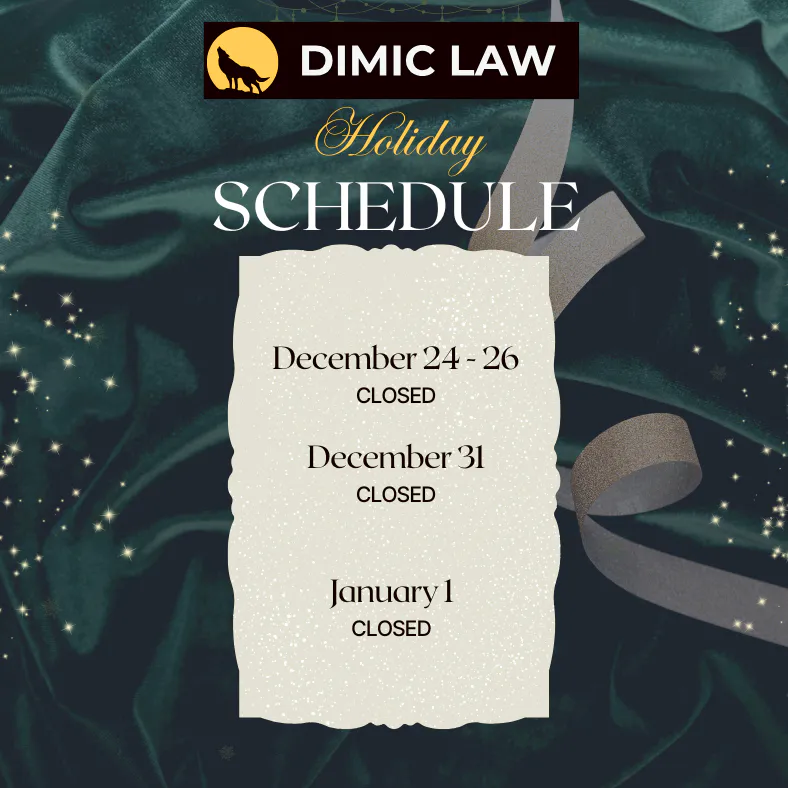
Blog
December 2019 – HOW TO HANDLE CREDIT CARD DEBT EFFECTIVELY
Now that we are back into our daily routines, there are some things that still linger from the holidays. No, it is not those cranberry-drenched Christmas turkey leftovers. Nor is it the multiple post gift reveal wraps that you keep finding around the house. Nor the ever-so microscopic pine needles that your Roomba keeps munching on.
It is our pockets. Specifically, it is the overbearing burden of our credit cards and the debt that we are faced with. What does it do to our situation and how do we handle it?
WHAT IF YOU WANT TO BORROW?
Canada’s two credit card bureaus Equifax and TransUnion monitor your credit information on a regular basis and assign a credit score, generally in a range of 300 to 900. Anything in the mid to upper 700s and above is considered good, while you do not want a score below 600 if you are attempting to qualify for credit. The higher your score, the less of a chance that you will be delinquent on your payments if credit is provided to you.
Your payment history accounts for 35% of the determination towards your credit score and is a key factor in determining your financing. In turn, your credit score will be higher if you pay your bills on time, rather than submitting late payments or ignoring your bills and not providing any payment at all. Your credit score gets “dinged” every time you cross a timing threshold in 30 days increments. Your credit score worsens when you shift between 30, 60, 90, and 120 days plus of late payment.
If you find yourself in the 90 to 120-day late threshold or worse, react immediately by providing payment to get to the next lowest threshold on the remaining debt. Upon the next credit bureau review, your credit will improve a bit. If you do not have enough disposable income to make this possible, sometimes a balance between the two credit cards to keep the threshold below 90 days would work as well.
WHAT IF YOU WANT TO MANAGE EXISTING CREDIT?
Typically, each credit card is charged an annual purchase interest on any balances outstanding at 19.99% per year. This interest is only charged after a grace period of 3 to 3 and a half weeks after your statement is finalized expires. Unfortunately, if payment for the product is not provided by this time, then the grace period completely disappears, and you are left holding the bag with the full amount of debt outstanding. Setting reminders on Google Calendar, notifying your bank to do so through their app or text messages or even jotting it down in your beloved journal, will save you some money on your never-ending Christmas purchases.
The other item to keep in mind is your credit card’s credit limit. You may have qualified for one amount when you were issued the card, but with good payment or even with holiday incentives, your limit may have increased. If based on your spending history, you know that you tend to spend in excess, please make arrangements with your lender to temporarily lower your credit limit during the last couple months of the year, each year. This may hinder your spending plans somewhat, but with proper budgeting, you safeguard the risk of running the tab too high.
Through controlling outstanding payment timeframes, managing payment schedules and credit limits, you will be able to handle credit card debt effectively.
Now relax and take a deep breath. Valentine’s Day is just around the corner.
Steve Dimic
If you have any additional inquiries regarding any of the topics or if you have ideas for future topics, please feel free to email me at stevedimik@hotmail.com.

